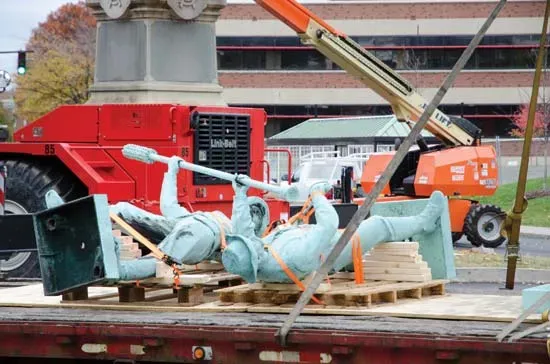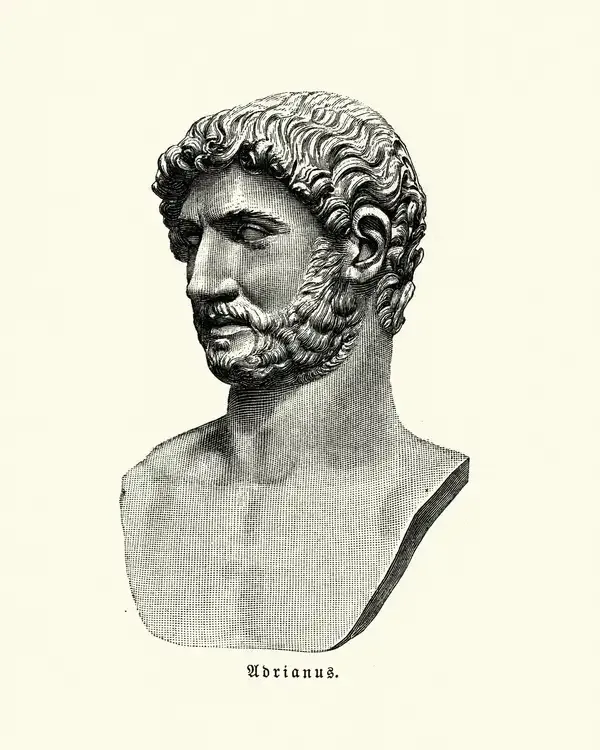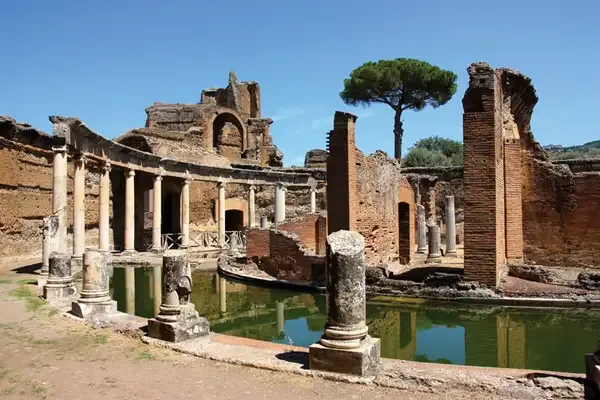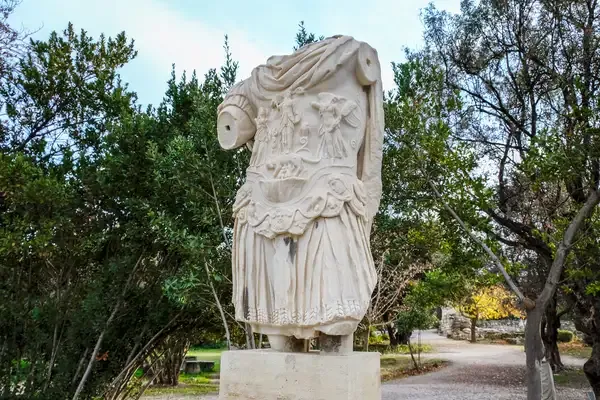Pro and Con: Historic Statue Removal in the United States
Historic statue removal in the United States is a contentious issue with supporters arguing it addresses systemic racism by removing symbols of oppression and revising public spaces to reflect contemporary values. Opponents claim it erases history and disregards the educational role these monuments play in understanding the past. The debate often centers on Confederate statues, with proponents of removal seeing them as glorifications of a racist past, while opponents view them as important historical artifacts.

As the debate surrounding the removal of ''historic statues'' in the United States intensifies, communities are faced with weighing the pros and cons of such actions. Statues often serve as symbols of cultural heritage, but they can also represent divisive historical narratives. Below, we explore the primary arguments for and against the removal of these monuments.
Pros of Historic Statue Removal
Advocates for the removal of historic statues often present several compelling arguments:
| Argument | Description |
|---|---|
| Promotes Social Justice | Removing statues that celebrate controversial figures can help promote a more inclusive society that acknowledges the struggles of marginalized groups. |
| Encourages Critical Reflection | Statue removal encourages communities to engage in discussions about history, racism, and the values they want to uphold. |
| Modern Values | Many argue that statues honoring individuals who upheld slavery, racism, or colonialism are out of step with contemporary values and should not be publicly celebrated. |
| Reallocation of Resources | Funds used for the maintenance of these statues can be redirected towards community projects that promote education, equality, and public safety. |
Cons of Historic Statue Removal
On the other hand, opponents of statue removal argue that these monuments hold significant historical value:
| Argument | Description |
|---|---|
| Preservation of History | Many believe that removing statues erases history, preventing future generations from learning about the past, both good and bad. |
| Cultural Heritage | Statues can represent cultural heritage and identity for certain communities, serving as landmarks of pride and remembrance. |
| Slippery Slope | There is concern that removing statues could lead to a slippery slope where other historical figures are targeted, leading to widespread censorship of history. |
| Public Sentiment | In some cases, communities may be divided on the issue, with many residents wanting to preserve the statues as part of their local history. |
Case Studies of Statue Removals
Several high-profile statue removals have sparked nationwide debates, highlighting the complexities of this issue:
| Statue | Location | Year Removed | Reason for Removal |
|---|---|---|---|
| Confederate General Robert E. Lee | Richmond, Virginia | 2020 | Symbol of racism and oppression |
| Christopher Columbus | Various Locations | 2020 | Colonialism and indigenous oppression |
| Statue of Frederick Douglass | Rochester, New York | 2020 | Misrepresentation of historical context |
The Role of Education and Dialogue
Regardless of one's stance on statue removal, there is a consensus that education and open dialogue are crucial. Communities can benefit from:
- Historical education programs that provide context to the figures represented by statues.
- Forums and discussions that include diverse perspectives on the significance of historical figures.
- Creating new monuments that reflect a more comprehensive and inclusive historical narrative.
Conclusion
The removal of historic statues in the United States is a multifaceted issue that requires careful consideration of both sides of the argument. While proponents argue for the removal as a means of promoting social justice and reflecting modern values, opponents warn against erasing history and cultural identity. As communities navigate this debate, fostering dialogue and education will be essential in finding a path forward that respects both history and contemporary values.
Ultimately, the decision to remove or retain historic statues should be made with the input of the community, ensuring that all voices are heard and considered. This nuanced approach can help bridge divides and create a more inclusive society, while also acknowledging the complexities of the past.












